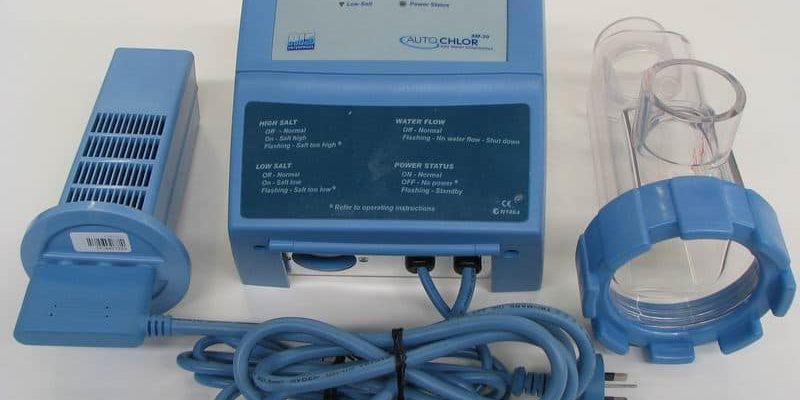 Cleaning your pool will keep it safe and functional, but certain pool remodeling updates are also necessary to protect its appeal and value. As a homeowner, you may not know which updates are best for improving the look and value of this investment. Here are some great stylish ideas for updating your swimming pool.
Cleaning your pool will keep it safe and functional, but certain pool remodeling updates are also necessary to protect its appeal and value. As a homeowner, you may not know which updates are best for improving the look and value of this investment. Here are some great stylish ideas for updating your swimming pool.
Water Features
Considering how much value outdoor living adds to your home, incorporating areas around the pool for enhanced entertainment will update your home’s look and family’s enjoyment. Adding a waterfall or sheer descent to your pool is a great option to enhance your outdoor living experience. The sound and sight of running water from your pool’s waterfall are peaceful and calming. Depending on the style of your home and outdoor area (natural vs modern), you can create a waterfall over natural stone and landscaping or a sheer descent or sheetfall for a clean, more modern look. While every homeowner has a different aesthetic, current trends are leaning towards that rustic and relaxing lagoon-like feel to their outdoor spaces.
Natural Stone Tile And Coping
Due to its durability and ease of maintenance, concrete was the top choice in pool construction for many years. However, adding a bit of style and creativity to your pool with the use of natural stone tiles and coping (the transition between the pool and your deck) is becoming a popular option today.
During the pool remodeling process, natural stone tile and coping will give your outdoor oasis a natural and rustic look. The use of stone and tiles in neutral colors will give your pool an earthy, natural look, especially when coupled with a unique waterfall.
Replastering
As time goes on, a pool will eventually need to be replastered. General wear and tear will, over time, cause the plaster to deteriorate. If you don’t replaster your pool, it could lead to even bigger problems down the road. The good news is that replastering your pool can also give you a fresh and updated look.
We offer several designer options that are mixed with quartz or pebbles. These plasters come in a variety of shades and vibrant colors to really give your pool a pop! The best part is that a quartz or stone blended plaster is actually more durable than the traditional plain white and comes with a much longer warranty.
When it is time to perfect your pool, opting for one or all of these updates will ensure you are making a smart investment. For repairs, restoration, or pool remodeling updates, contact Leak-Tech at 972.516.4995.
Leak-Tech | Pool Remodeling | (972) 516-4995
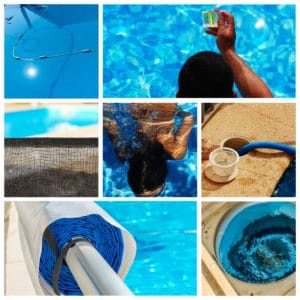 If you live in North Texas and you have an inground swimming pool, there’s a good chance that at some point in the life of your pool, it will develop an “invisible” pool leak. This means your pool is leaking in a way that’s not immediately apparent to you, the homeowner.
If you live in North Texas and you have an inground swimming pool, there’s a good chance that at some point in the life of your pool, it will develop an “invisible” pool leak. This means your pool is leaking in a way that’s not immediately apparent to you, the homeowner.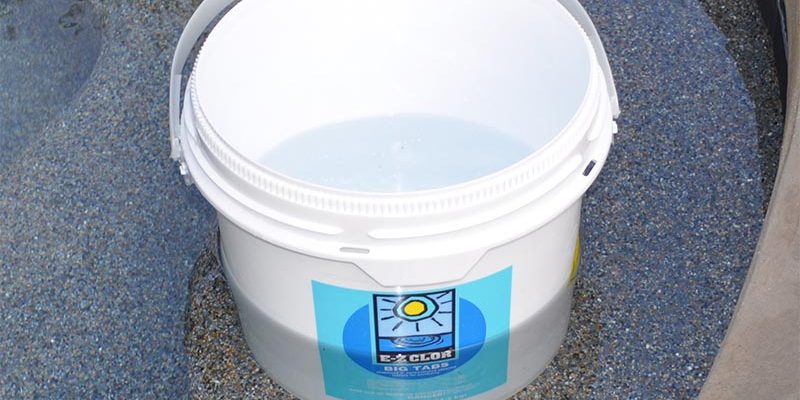
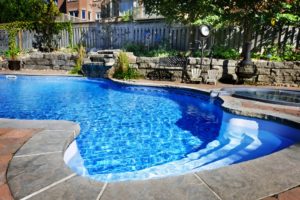
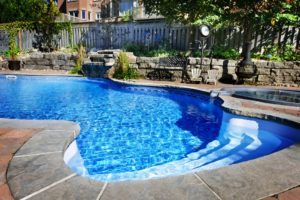 Seeing a crack in your pool can be alarming, so you need to get a professional opinion on whether pool crack repair needs to be done. Two types of cracks exist: structural and superficial. Structural cracks are more serious and often require fixing. Here is what you can expect a professional to do when fixing your pool crack:
Seeing a crack in your pool can be alarming, so you need to get a professional opinion on whether pool crack repair needs to be done. Two types of cracks exist: structural and superficial. Structural cracks are more serious and often require fixing. Here is what you can expect a professional to do when fixing your pool crack: